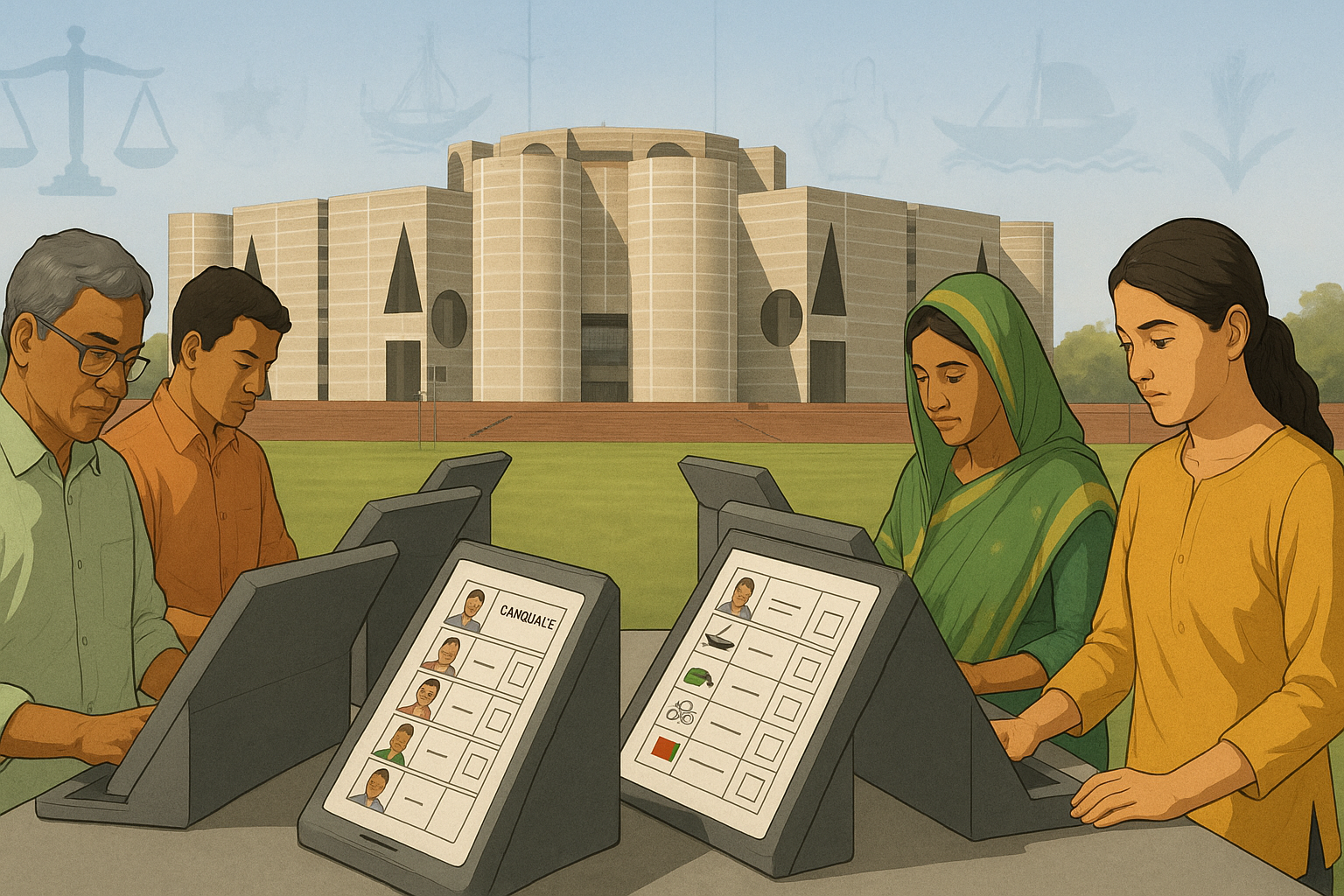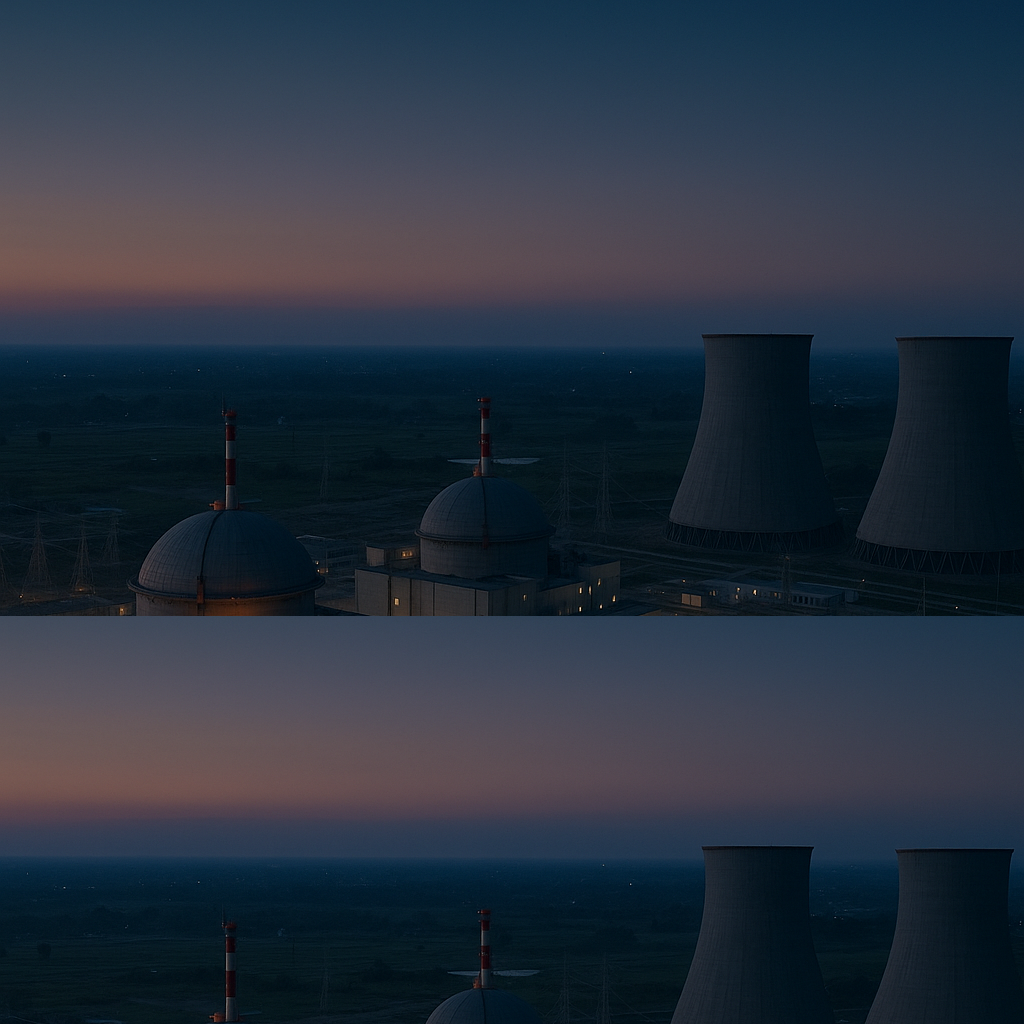Rooppur Power Delay and National Expectations
The news of Rooppur power delay has struck a chord across Bangladesh. The Implementation Monitoring and Evaluation Division (IMED) has confirmed the Rooppur Nuclear Power Plant is unlikely to begin electricity generation in December 2025 as previously scheduled. (The Business Standard) This setback challenges expectations and raises serious questions about project management, energy planning, and national ambitions.
Originally envisioned as a game changer in Bangladesh’s energy landscape, Rooppur promised to reduce reliance on fossil fuels and elevate the country’s power capacity. Yet the Rooppur power delay highlights how even well-funded mega-projects must navigate technical, logistical, and governance hurdles. In this post, we will unpack the causes of the delay, explore its implications, evaluate what’s happening now, and propose what must be done next.
The Promise of Rooppur: Why Delay Matters
A Strategic Shift in Bangladesh’s Energy Agenda
Rooppur is Bangladesh’s first nuclear power plant, located in Ishwardi, Pabna District. (Wikipedia) The project consists of two VVER-1200 reactors, each with 1,200 MW capacity, for a total of 2,400 MW in its full operational phase. (Wikipedia) Once operational, Rooppur would be the largest single power project in the country and a symbol of technological ambition. (Prothomalo)
The government has positioned nuclear energy as essential for future energy security, reducing dependency on fossil fuel imports, and achieving climate goals. Delays in Rooppur mean Bangladesh may have to continue relying heavily on oil, gas, and coal — with higher costs, emissions, and vulnerability to global supply risks.
What the IMED Report Says About the Delay
Incomplete Tasks and Unclear Schedules
The IMED report, based on a site inspection in September 2025, states that project officials could not provide a detailed list of unfinished tasks or a comprehensive timeline for completion. (The Business Standard) Key components and safety systems still lag behind essential milestones.
Although civil construction is almost complete for Unit-1 (98 % complete) and equipment installation is around 95 %, supplementary safety projects remain behind schedule. (The Business Standard) The plant has also not received a definitive schedule from the Russian contractor, Atomstroyexport, undermining coordination. (The Business Standard)
Fuel Loading and Testing Delays
Fuel loading for Unit-1 was supposed to begin in December 2025, paving the way for a trial run. (The Business Standard) However, IMED doubts the trial run will start on time. The plant is likely to generate partial electricity by March 2026, at around 30 % capacity initially, before ramping up. (The Business Standard)
The delay is also compounded by lagging auxiliary systems and safety installations, which must be completed before full commissioning. (The Business Standard)
Cost Overruns and Contract Extensions
Rooppur is an expensive project (approximately Tk 113,092.91 crore). (The Business Standard) The Russian contractor has already been granted extensions due to delays caused by the COVID-19 pandemic, supply chain disruptions, and geopolitical issues such as the Russia-Ukraine war. (Prothomalo) Under the new plan, Unit-1 may not be fully completed until December 2026, and Unit-2 may fall behind until December 2027. (Prothomalo)
These extensions carry risks of cost escalations and added burden on public finances if the project drags further.
Current Status: Testing, Safety, and Progress
Hot Testing Underway
As of mid-2025, hot testing for Unit-1 is ongoing. This involves heating up systems and running them under controlled conditions to verify performance and detect vulnerabilities. (World Nuclear News) Leak and containment tests have already been completed, showing that the structure is holding integrity. (World Nuclear News)
These tests are critical because they confirm that all systems behave under real operating temperatures, a necessary precursor to fuel loading and actual power generation.
Reactor Assembly Completed
The reactor assembly for Unit-1 is reported complete, with internal components installed and dummy fuel assemblies placed to test alignment. (NucNet) This means the project now moves into the testing and commissioning phase, though validation from international bodies such as the IAEA will also be required.
Transmission Lines and Grid Readiness
By August 2025, project officials claim that key transmission lines necessary to evacuate power from Rooppur to the national grid have been completed and are ready. (BSS) Nonetheless, full commercial operation cannot begin until all safety and regulatory approvals are in place.
Underlying Causes of the Delay
Supply Chain Disruptions and Global Crises
One major cause is external disruption. The pandemic, global logistics constraints, and the Russia-Ukraine conflict have affected the delivery of critical components and expert personnel. (Prothomalo) Some equipment imports were delayed significantly, slowing the pace of installations.
Inadequate Project Planning and Oversight
IMED’s inability to obtain clear task lists and updated schedules suggests weak project governance. The absence of timely submissions from Atomstroyexport, despite contracts, underscores coordination gaps. (The Business Standard)
Financial and Currency Challenges
Bangladesh has faced foreign currency shortages, which delayed payments for project components. (Prothomalo) These constraints reduce buying power and create delays in procurement.
Technical and Safety Complexities
Nuclear power projects are inherently complex. Safety systems must meet rigorous international standards. Delays in supplementary safety installations. Such as offsite water systems, regulatory protections, and external telecommunications networks are costly but unavoidable. (The Business Standard)
Moreover, testing stages (cold test, hot test, leak testing, control systems) are sequential. If one stage underperforms, subsequent steps must wait, adding cumulative delay.
Impacts of the Rooppur Power Delay
Greater Dependence on Fossil Fuels
With Rooppur’s electricity not yet available, Bangladesh must continue relying on gas, coal, and oil. This raises energy costs, increases emissions, and makes Bangladesh vulnerable to global fuel price variations.
Budgetary Pressure and Opportunity Cost
The delay increases project cost through interest, extra staffing, and inflation of equipment prices. The opportunity cost is the lost years of clean, reliable nuclear power. Funds spent on holding patterns are lost yields.
Erosion of Public Confidence
Given the public visibility of Rooppur, repeated delays risk eroding trust in large infrastructure projects. If expectations are not managed, public and investor confidence could suffer.
Strain on Energy Planning
Delays put pressure on other parts of the grid. Peak demand growth is projected to rise. Without Rooppur, Bangladesh may need to fast-track alternative generation sources, potentially at higher cost and environmental impact.
What Must Be Done to Recover Lost Ground
Strengthen Project Governance and Accountability
Transparent task lists, independent audits, and stricter enforcement of contractor obligations are essential. IMED’s calls for a time-bound action plan in coordination with Atomstroyexport must be implemented rigorously. (The Business Standard)
Prioritize Safety Installations and Regulatory Compliance
Even under pressure, safety cannot be compromised. Bangladesh must complete all auxiliary safety systems, regulatory sign-offs, and IAEA benchmarks before power generation begins.
Ensure Timely Funding and Supply Chain Access
The government must guarantee priority allocations of foreign currency and expedite import processes for critical parts. Proactive engagement with supplier nations can help mitigate geopolitical hurdles.
Invest in Complementary Power Sources
While waiting for nuclear output, Bangladesh should accelerate renewable energy deployment (solar, wind), grid optimization, and energy efficiency programs to reduce risk exposure.
Enhance Communication with Public and Stakeholders
Clear, honest updates about progress, challenges, and revised timelines help maintain trust. Overpromising must be avoided. A realistic roadmap is better than repeated postponements.
Looking Ahead: What Is Realistic Now?
The revised projections now indicate that partial generation from Unit-1 may begin in March 2026, with gradual ramping to full capacity thereafter. (The Business Standard) Full operations for both units may stretch into late 2026 or beyond, especially if the safety and regulatory phases extend. (Prothomalo)
Rooppur remains a high-stakes bet. If Bangladesh can overcome delays, it will mark a shift toward energy sovereignty and technological maturity. But failure or further slippage may leave the nation chasing dreams again.
The Rooppur Power Delay as a Test for Bangladesh
The Rooppur power delay is more than a project setback — it is a test of Bangladesh’s capacity to execute large, complex, high-stakes infrastructure in the modern era. This delay reveals gaps in planning, coordination, funding, and regulatory alignment. But it also contains opportunity: the chance to course correct, recommit to standards, and build trust.
With realism, accountability, and intelligent governance, Bangladesh can still realize Rooppur’s promise. It must treat this delay not as failure but as a pivot moment one that shapes how future mega projects are conceived and delivered. The nation’s energy future may well depend on how it learns from this moment.








